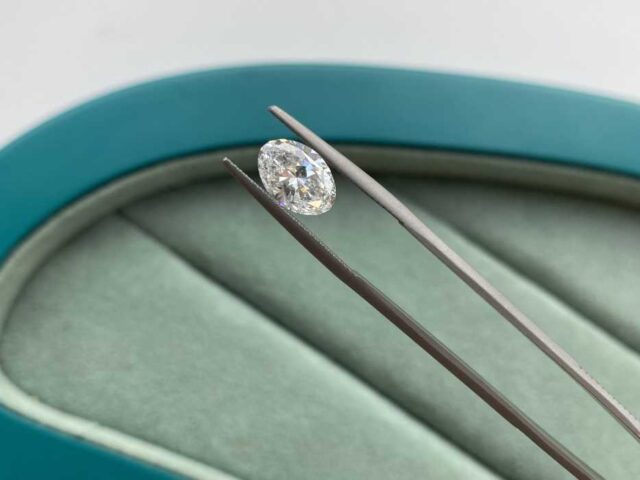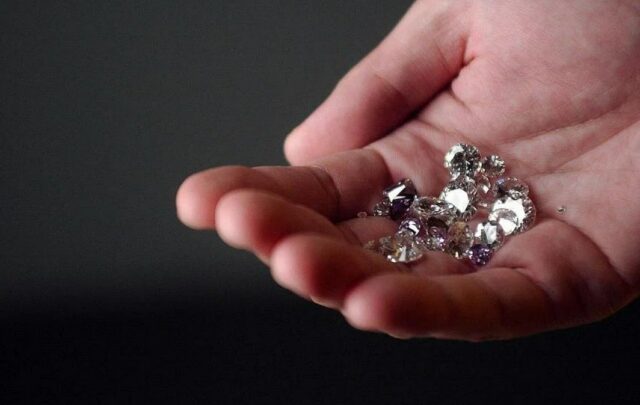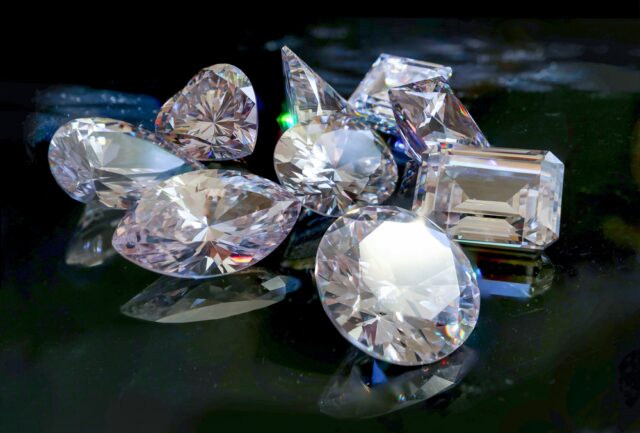
Diamonds have long been a symbol of love, commitment, and luxury. However, the traditional mining process for them has raised ethical and environmental concerns. In recent years, the introduction of lab-grown diamonds has provided a more affordable and ethical alternative for consumers. In this article, we will explore their cost and why they are more affordable than you might think.
Lab-grown diamonds, also known as synthetic or cultured ones, are created in a laboratory setting using advanced technology to mimic the natural growing process. They have the same physical, chemical, and optical properties as natural ones, making them virtually indistinguishable to the naked eye. They are becoming increasingly popular as consumers are becoming more aware of their advantages over natural ones.
The Process of Creating Lab-Grown Diamonds

The process of creating them involves two main methods: high-pressure high-temperature (HPHT) and chemical vapor deposition (CVD). The HPHT method involves applying high pressure and high temperature to a diamond seed in a chamber filled with carbon-rich gas, causing the carbon to crystallize into a diamond. The CVD method involves introducing a gas mixture into a vacuum chamber and applying energy to break the gas molecules apart, causing the carbon to deposit onto a seed and grow into a diamond.
Factors Affecting the Cost of Lab-Grown Diamonds
Several factors affect their cost, including the size, color, clarity, and cut. The larger the diamond, the more expensive it will be. The color and clarity of it also affect the price, with higher grades of color and clarity commanding higher prices. Its cut also affects the price, with certain cuts being more expensive due to the amount of rough diamond that is wasted during the cutting process.
Comparison of the Cost of Lab-Grown and Natural Diamonds
One of the main advantages of lab-grown diamonds is their affordability compared to natural ones. On average, they are around 30-40% less expensive than natural ones of comparable size and quality. This is because the process of creating them is more controlled and efficient than the traditional mining process for natural ones, which involves extracting tons of rock to find a single diamond. Additionally, they are not subject to the same supply and demand factors that can cause natural diamond prices to fluctuate.
Environmental and Ethical Advantages of Lab-Grown Diamonds

Their other advantage is their environmental and ethical advantages over natural ones. The mining of natural diamonds has been associated with a range of environmental and social issues, including habitat destruction, water pollution, and human rights abuses. Lab-grown ones, on the other hand, have a significantly lower environmental footprint and do not contribute to these issues. Additionally, they are not associated with conflict or blood diamonds, the ones mined in war zones and used to finance armed conflict.
Market Demand and Availability of Lab-Grown Diamonds
As consumers become more aware of the advantages of lab-grown diamonds, the market demand for them is increasing. In response, several companies have emerged to offer them, including lab created diamonds UK companies, which specialize in high-quality lab-grown diamonds. Their availability is also increasing, with more retailers offering them as an alternative to natural ones.
Consumer Perception and Acceptance of Lab-Grown Diamonds
One challenge facing the lab-grown diamond industry is consumer perception and acceptance of these diamonds. While they are virtually indistinguishable from natural ones, some consumers may still prefer the traditional and romantic notion of a natural one. However, as consumers become more aware of the environmental and ethical advantages of lab-grown diamonds, their perception and acceptance of them is likely to improve. In fact, a recent survey found that 70% of millennials and Gen Z consumers would consider purchasing a lab-grown diamond for their engagement ring, indicating a shift in consumer preferences towards more ethical and sustainable options.
The Future of Lab-Grown Diamonds: Innovations and Advancements

The lab-grown diamond industry is rapidly evolving and advancing, with new innovations and technology leading to even more affordable and sustainable options.
– One area of development is in the use of renewable energy sources to power the diamond-growing process, reducing the carbon footprint even further. Another area is in the use of artificial intelligence to optimize its-growing process and increase efficiency. By utilizing machine learning algorithms and predictive analytics, the growers can streamline the process and reduce waste, leading to even more affordable pieces.
– Another exciting development is in the creation of colored lab-grown diamonds. While natural colored ones are rare and expensive, lab-grown ones can be created in a range of colors, including pink, yellow, blue, and green. This opens up a new market for them, as consumers can now purchase high-quality colored diamonds at a more affordable price point.
– Furthermore, they are not just limited to jewelry applications. The unique properties of diamonds, such as their hardness and thermal conductivity, make them useful in a range of industrial applications, including electronics, medical equipment, and cutting tools. As the technology for growing them continues to improve, we can expect to see even more innovations and advancements in the use of lab-grown diamonds in various industries.
Conclusion: Are Lab-Grown Diamonds a More Affordable and Ethical Option?
In conclusion, lab-grown diamonds offer a more affordable and ethical alternative to natural ones. The controlled and efficient process of creating them results in a lower cost, while the environmental and ethical advantages make them a more sustainable choice. As consumer awareness and demand for them continues to grow, the market for these diamonds is likely to expand, making them a viable option for those seeking a high-quality, affordable, and ethical piece.
Many companies are offering high-quality lab-grown diamonds. With a commitment to sustainability and ethics, they provide consumers with a range of different options that are both affordable and ethical. Whether you are purchasing a diamond for an engagement ring or for another special occasion, choosing a lab-grown one can provide you with peace of mind knowing that your purchase is making a positive impact on the environment and society.












